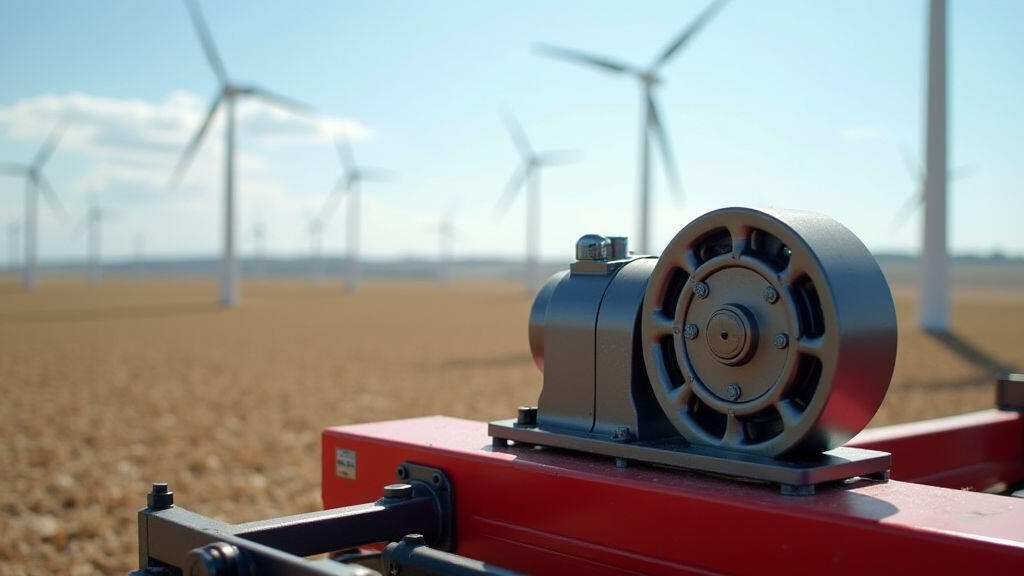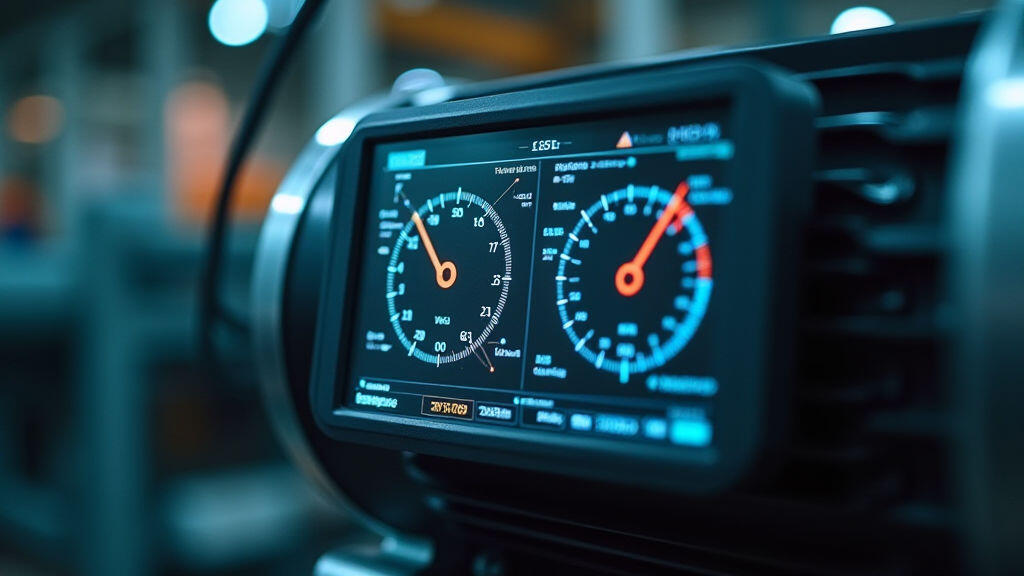
The agricultural machinery industry is facing new pressures to increase productivity while cutting energy consumption. Gear motors—compact devices that combine a motor and a gearbox—have emerged as a key solution for production lines that need both speed and efficiency. Their versatility allows manufacturers to adapt to changing demands, from high‑volume seed drills to precision sprayers, without redesigning whole systems. In this article we explore how modern gear motor models help farmers and producers alike stay competitive in a fast‑moving market.

A gear motor is a short device that houses a rotating motor with a built‑in gearbox. This combination means that the motor’s high speed is transformed into the lower, but higher‑torque output needed by most machines. In agricultural production lines, gear motors are typically rated between 0.5 kW and 15 kW, sufficient for tasks such as pumping irrigation water, operating conveyors, or driving attachment wheels.
Unlike motor‑gearbox assemblies that require separate mounting and alignment, gear motors come ready‑to‑install. Their modularity reduces installation time and maintenance, which translates into less downtime—an essential factor for farms that need to operate across long growing seasons.
The first advantage of modern gear motors lies in speed. Producers now favor models that can deliver rapid acceleration and high rotational speeds of up to 3,600 rpm. For production lines that involve robotic pick‑and‑place or fast conveyor belts, this speed translates directly into higher throughput.
Speed control is also highly refined. Microstepping drives and digital feedback allow gear motors to adjust their speed in real time, reacting to variable loads such as soil resistance or changing batch sizes. This level of precision reduces wastage and ensures uniform performance across multiple units.

Energy consumption is another key consideration. The latest gear motor models feature high‑efficiency bearings and advanced magnetic winding techniques that maintain power output while cutting losses. Typical efficiencies exceed 95 %, and some designs incorporate regenerative braking to feed energy back into the grid when the motor slows down.
Reduced energy usage not only lowers operating costs but also aligns with the growing demand for “green” agriculture. By integrating gear motors that consume less electricity, production lines can seat themselves in the emerging circular economy, where energy savings are as valuable as material savings.
Many farms are already reaping the benefits of gear motors. A mid‑size corn producer in Iowa replaced its aging conveyor motors with 3 kW gear motors that deliver the same torque but at 94 % efficiency. The move cut energy consumption by 12 % and allowed the crew to run the line two hours longer before maintenance.
Another example comes from a seed‑processing plant in Germany, which installed 10 kW gear motors in its sorting line. The new system achieved a 25 % increase in throughput while maintaining product quality. Operators noted that the digital controls made it easier to adjust speeds on the fly, improving, especially during the 14‑hour shift rotations.
While today's gear motors already offer remarkable advantages, manufacturers are continually innovating. Some of the most promising developments include:
These advancements promise not only faster and more efficient machines but also smarter, data‑driven operations that can adapt to the unique challenges of each farm.
Gear motor models are becoming the backbone of modern agricultural machinery production lines. Their ability to boost speed while dramatically improving energy efficiency offers a direct path to higher yields, lower operating costs, and a smaller environmental footprint. As the agricultural sector faces the twin demands of sustainability and productivity, these motors will play a pivotal role in enabling farms to meet new standards.
Looking ahead—especially in the context of the Global Sustainable Agriculture Summit 2025—gear motors stand out as a technology worth investing in. Their modularity, precision, and emerging AI capabilities point to a future where every machine on the factory floor is not just faster and more efficient, but also smarter and more connected.
Leave A Reply
Your email address will not be published. Required fiels are marked